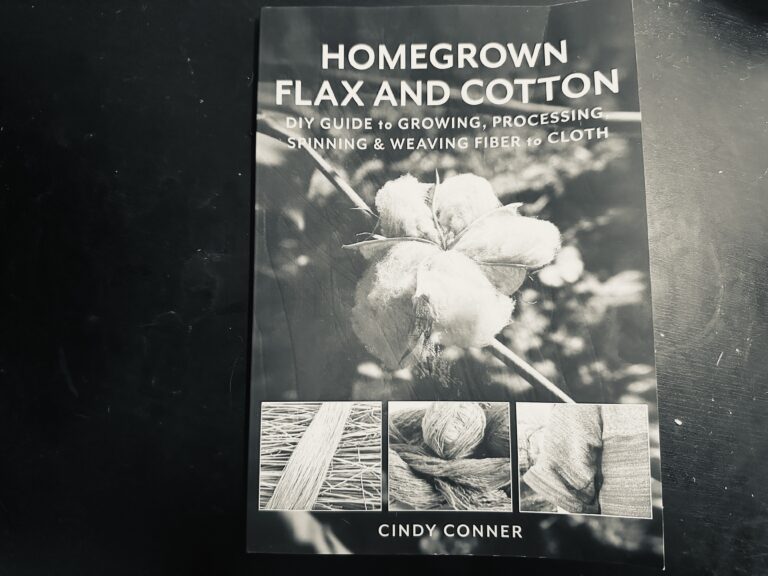Every once in a while, I get to marry multiple interests. For example, I have long loved crochet and believe in the slow yarn movement. Every now and then, I can combine that with gardening. I shared a bit of that with you when I did a book review of A Garden to Dye For….
